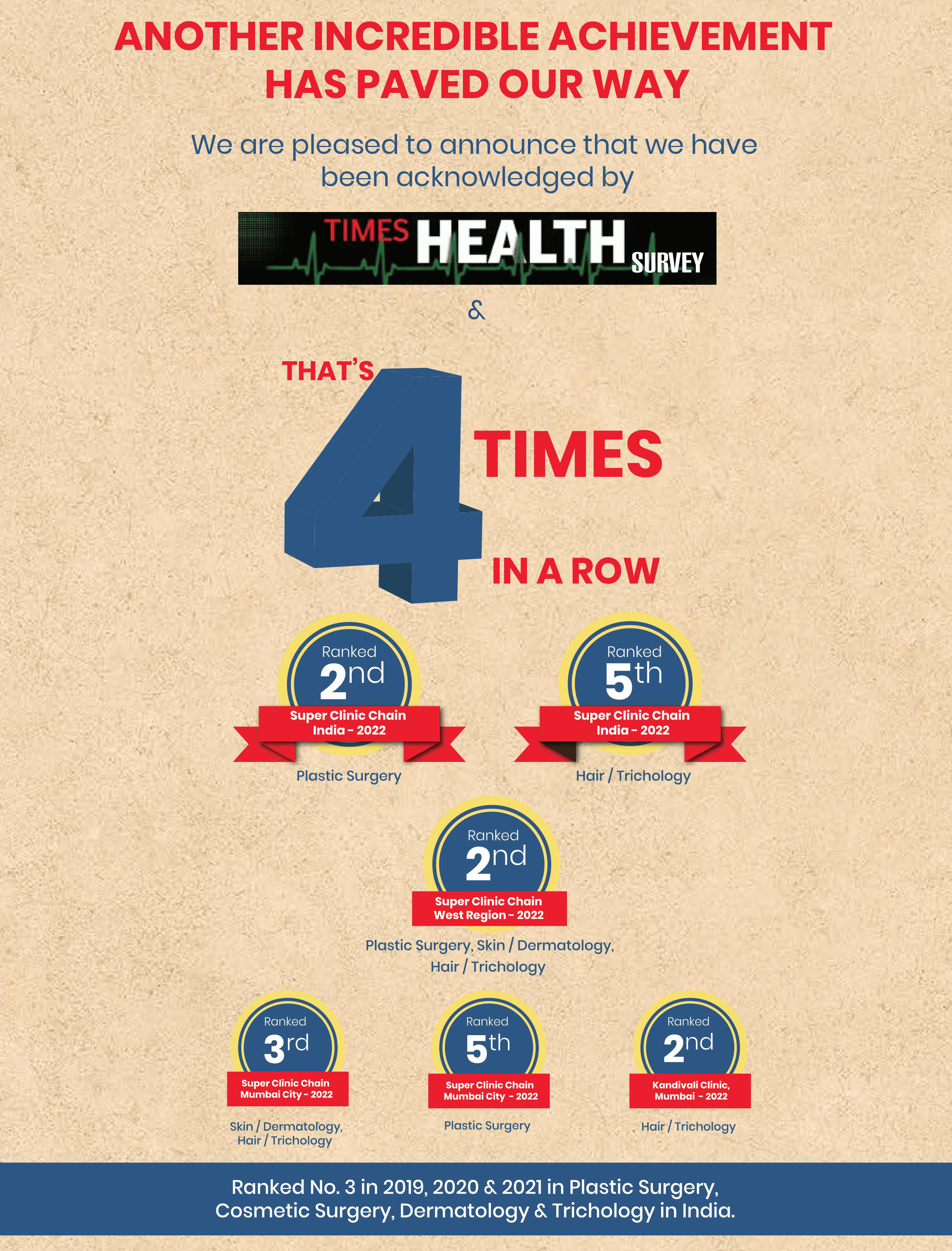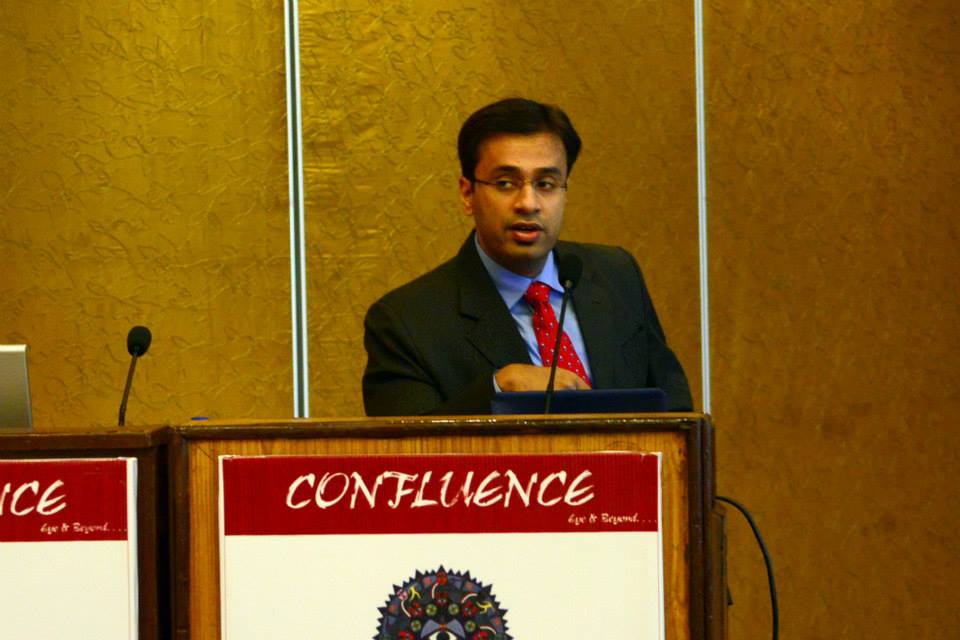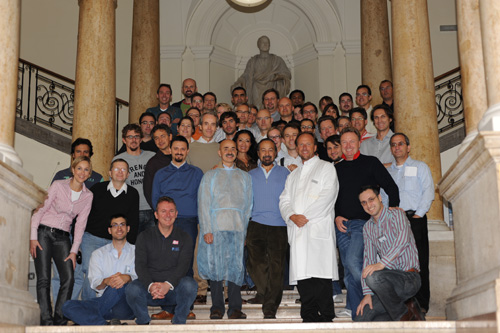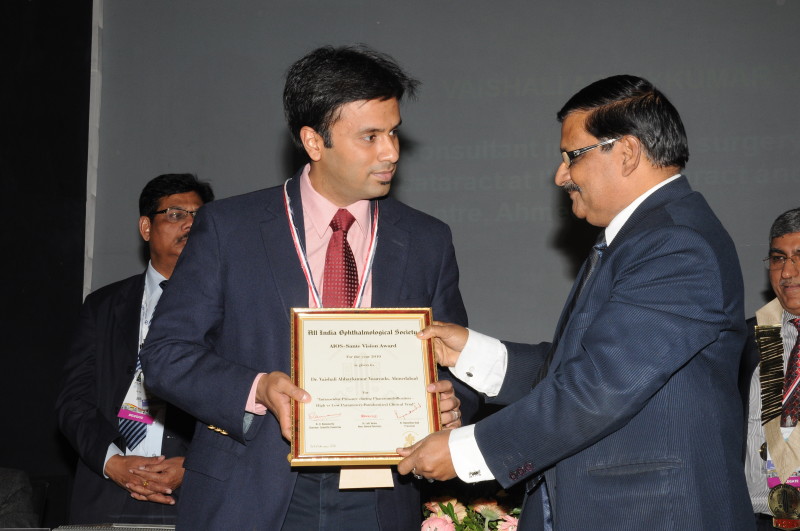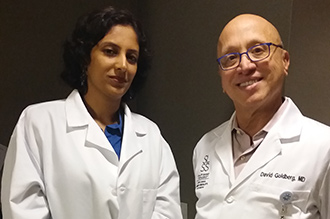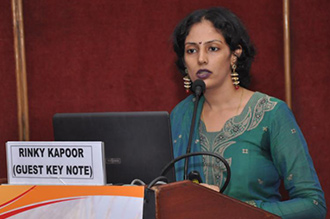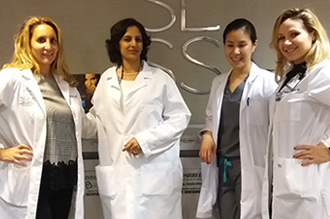Evisceration is a surgical process that involves the extraction of ocular contents while the sclera and optic nerve are left intact — in some cases, the cornea might also remain untouched. Evisceration is more preferred because:
Evisceration demands a lesser degree of manipulation; a major consequence of this is that there is correspondingly less inflammation and scarring of orbital tissues (fornices and orbital tissues are left intact). This aids in the preservation of the implant. In evisceration, a lower propensity of superior sulcus deformity is encountered. This, therefore, provides an overall improvement on the cosmetic result of patients.
It is due to the fact that evisceration facilitates the whole process of extirpation and drainage of ocular contents to be devoid of orbital invasion that it is usually adopted when it comes to the treatment of endophthalmitis. Having said this, there is a myriad of motives for which an eye may be extracted by surgical resection ranging from cancers affecting the eye (like retinoblastoma or ocular melanoma), end-stage eye disease (such as diabetic retinopathy, glaucoma, or after multiple eye surgeries), to a degenerated blind and/or painful eye, as well as trauma.
However, Evisceration is weighed down by certain downsides, especially in its incapacity to provide for a complete specimen to use in pathologic assessment, in a bid to detect intraocular malignancy or proliferation, and a conjectural risk of sympathetic ophthalmia.
In order to guarantee the full, normal functionality of anesthesia, and smooth running of the surgery, you will have to map out a schedule with the specialist and stick vehemently to it. In making out an appointment for the surgery session, it is crucial to note that any activities that involve heavy lifting should be avoided, the prospective patient should also distance themselves from strenuous exercises and dirty environments.
Again, it is advisable to meet with an Oculoplastic surgeon to get a better understanding of the whole procedure of getting an ocular prosthesis. This will prime the patient to understand what needs to be done and give a quick preview of how the surgery would be conducted.
In evisceration, it is common to find the following as potential complications to the process:
However, as time passes on, long term complications might spring up in form of:
As previously stated above, it is exigent that the proper eye for removal is ascertained with surety.
After the whole process of evisceration is completed successfully, the oculoplastic surgeon will provide you with several prescriptions [such as steroid and topical antibiotics] which will help in catalyzing your rehabilitation. Asides from that, it is necessary for you to revisit the clinic in around five days to get the bandage covering the operated eye(s) taken off and the ocular prosthesis fitted over the orbital implant. It is very key to realize that once the eye pad is removed, tears with traces of blood are not a rarity as they might seem to you.
Other suggestions for your healing are now highlighted below:
On average, recuperation time for evisceration is 4-6 weeks, but it is very probable that you have the go-ahead to resume normal activity – work or school – within 2 weeks of the procedure. Be that as it may, you should be aware that the surgeon will set up a follow-up schedule for you at various intervals to assess your healing and check for tumor recurrence. Nevertheless, keep in touch with the clinic if you notice any strange changes or reactions while you’re healing. And avoid vigorous physical exercises/activities.
Even as vision loss cannot be evaded, it is especially critical that you seriously ponder, and meticulously draw out the ideal evisceration surgical strategy to thwart any impending issues. The Esthetic Clinics nearby is on a mission to see to it that the evisceration procedure in India is conducted in the smoothest possible manner. Our plastic surgeons, cosmetic surgeons, and other medical professionals work together as a team to see to it that you get the best evisceration surgical/medical routine performed on you. In a dedication premised upon the ideals of excellence and professionalism. Over the years, our fine standards, and quality assurance have placed us in a separate league.
We have at our disposal a celebrity oculoplastic and cosmetic surgeon in Dr. Debraj Shome, who has rolled out several publications and won a handful of noteworthy accolades to his name. With state-of-the-art facilities and equipment, The Esthetic Clinics is one of the world’s top medical centers today, and we are always ready to handle your situation with the urgency it deserves.
The implant attachment technique chosen, as well as the size of the implant required, will impact the cost of evisceration surgery. Other factors influencing the cost of evisceration surgery are the severity of your disease and the surgeon’s charge
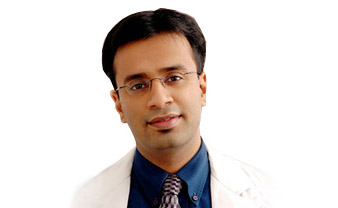

Dr. Debraj Shome is Director and Co founder of The Esthetic Clinics. He has been rated amongst the top surgeons in India by multiple agencies. The Esthetic Clinics patients include many international and national celebrities who prefer to opt for facial cosmetic surgery and facial plastic surgery in Mumbai because The Esthetic Clinics has its headquarters there.
